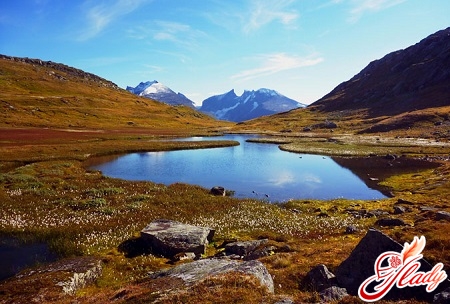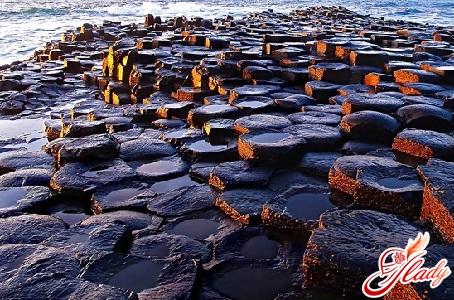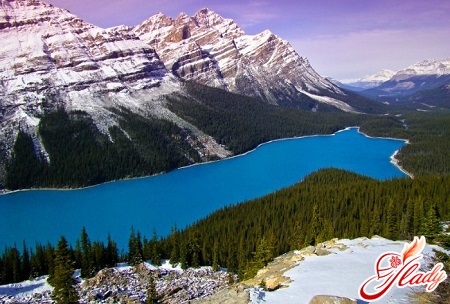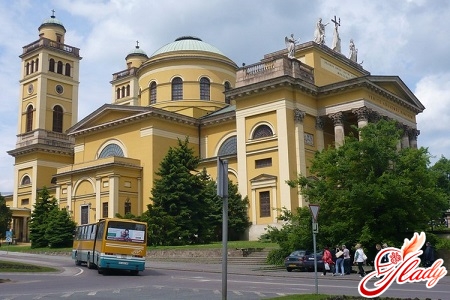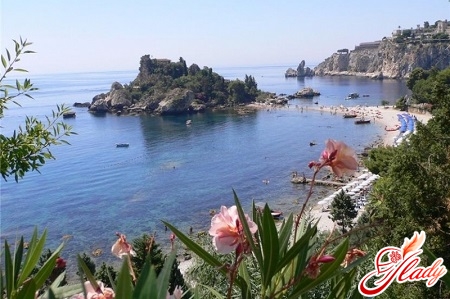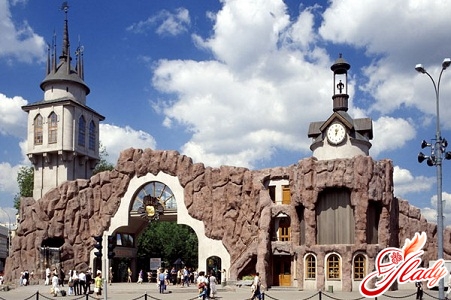Barcelona is the city that gave the world greatsgeniuses: Gaudi, Picasso, Dali, Montserrat Caballe and Jose Carreras. The land where the descendants of medieval troubadours and proud Spanish grandees still live. A place where every stone is scorched by the hot sun and tempered by true Spanish pride. And, despite all the epithets, this ancient city embraces any traveler. Reveals its secrets to him and vaguely whispers historical chronicles: the echo of footsteps in the old town, the horns of cars, the songs of fountains and the wind caught on the spires of the Sagrada Familia. Give in to its call, plunge into the bright, exciting whirlpool of its life, become a part of it for a few days. Only in this way will you be able to see its true appearance. The sights of Barcelona can be compared to a multi-colored mosaic. Everyone has the same pieces. But the picture that will emerge at the very end is different for everyone. Unique and beautiful. Filled with a special atmosphere, an indomitable spirit of freedom, joy and fiery Catalan temperament. There are a great many attractions in Barcelona. According to legend, the city was founded by the ancient Greek hero Hercules 400 years before Rome. Over such a long period, Barcelona has not lost a single gram of its historical and architectural heritage, carefully preserving the works of masters from different eras.
Park Guell
If you don't know where to start getting to knowBarcelona, follow our advice and start with the creation of the great Gaudi, which has become a symbol of the city. This is Park Guell, located in the suburbs of Barcelona. At the entrance to the park, visitors are greeted by a huge dragon. The same dragon that, according to legend, Saint George killed to protect the city. Guell is able to turn your worldview upside down. The buildings seem to grow out of the ground. It seems that the earth wanted to decorate itself and independently grew small pavilions, sloping arches and even the famous bench on the observation deck, decorated with mosaics - so naturally and harmoniously they fit into the surrounding landscape. And the world-famous Hall of a Hundred Columns makes you remember your own insignificance and vulnerability.
Modernist quarter of Eixample
To the north of Plaza Catalunya is locatedEixample quarter. The geometric precision of the streets of this quarter is completely unusual for European architecture. The streets are the same width, intersecting each other at right angles, dividing the quarter into identical squares. If you look at it from a bird's eye view, it may seem as if someone caught the quarter in a net. But despite such geometric correctness, the buildings here do not at all resemble faceless boxes. On the contrary, in Eixample you will see the creations of three great modernists at once. In the "Quartier of Discord", as if competing, the Casa Batlló - Antonio Gaudi, Casa Amatller, a masterpiece of the architect Puig i Cadafalch and Casa Lleó-Murer, created according to the design of Domenech, are frozen opposite each other. Comparing them is a useless exercise. They make such a stunning impression that looking at them, you can lose the power of speech. If you think you have reached all possible limits of admiration, cross the street. It was here that Antonio Gaudi, in an attempt to outdo himself, built Casa Mila. Flowing forms, phantasmagoria and naturalness – these, at first glance, contradictory epithets were awarded to this building by architectural critics. At its foot, Salvador Dali himself froze in delight, and he was an expert who knew a thing or two about all sorts of oddities.
Gothic Quarter
There are places in Barcelona where time seems to stand stilltrapped, preserved, frozen in a crystal ball at the junction of two worlds. One of them is the Gothic Quarter of the old city. It is here that the main attractions of Barcelona are located, dating back to the time of the city's birth. Standing in Plaza Nova (this is the oldest square in Barcelona), you can forget that the car, television and the Internet were invented a long time ago, and that man has already been to the Moon. This is a different time. A different life. Walking along the cobbled streets of the Gothic Quarter, where each building has a centuries-old history, you will find yourself at the Cathedral. Its construction lasted for two centuries. Just imagine how many architects managed to work on its creation. Apparently, this is the reason why its silhouettes are a mixture of Spanish and French Gothic. In the very center of the Cathedral there is a small courtyard. Along the paths between the plants and well-groomed bushes, the geese of Saint Eulalia, whose name the cathedral bears, proudly stroll. The tangled streets of the Gothic Quarter, as if through a labyrinth, lead you to the strange at first glance Great Royal Palace. This building fully reveals the meaning of the phrase - proud as a Catalan. Restrained, monumental beauty is characteristic of all architectural creations in the Gothic style. But it is in the Royal Palace that all this is raised to a superlative degree and brought to the absolute.
Rambla - Arbat in the middle of Barcelona
Barcelona - attractions in thiscity, as you have seen, at every step - will become a little closer and clearer if you walk along the main street of the city - Rambla. After the slightly oppressive historical authority of the Gothic Quarter lanes, a walk along Rambla will become a breath of fresh air. Living statues frozen here and there, mimes and wandering musicians, sellers of flowers, birds, newspapers. The festive mood falls on you, reflecting off the walls of the main street, so that, without leaving, it will accompany you through the beautiful city as a magical guide. Small open-air cafes, tall plane trees, the smell of coffee and Spanish wine. Only here can you comprehend the incomprehensible, listening to the leisurely speech of the expressive and serene residents of Barcelona.
Museum of National Art of Catalonia
Before you begin your own ascentto this 173-meter Montjuic hill, walk along the Plaza de España, because it is here that the National Museum of Art of Catalonia is located. The collection of Romanesque art collected there is considered the most complete in the world. Frescoes and wall paintings dating back to the 12th-13th centuries, a collection of wooden sculpture and painting on wood .... The museum's exhibits can be used to study the development of Mediterranean art. The National Museum has paintings by famous masters: Jaime Hugo, Velazquez, El Greco and Luis Dalmau. And if the architectural creations of the modernists were not enough for you, then among the paintings on display, they also have an entire exposition.
Magic Fountain
Barcelona can safely be called a city whereModernism is most widely represented in architecture. At the foot of Montjuic, the Singing Fountain, designed by Gaudi's student Josep Jujol, has grown. Enormous, with an area of 3,000 square meters and jets up to 50 meters high, this futuristic giant throws tons of the purest artesian water into the air, accompanied by musical masterpieces by composers of all eras. And if you want to see this masterpiece of modernism in all its glory, visit it in the evening. A magical spectacle awaits you: a musical and light show on the falling jets of the fountain.
Climbing Montjuic
There are two ways to get to Montjuic Hill:by funicular and on foot, making your own ascent through the historical eras of the city. In the first case, you will miss the lion's share of the pleasure, because you can see the sights of Barcelona from a bird's eye view from the observation deck at the very top. But to go to the Spanish village, a museum where the main architectural masterpieces of the city are presented, to see with your own eyes the ruins of the Temple of Apollo (the burial place of the carnival sardine), to breathe in the scent of flowering herbs - all this can be felt only by overcoming the entire path yourself. A kind of journey from the present to the past, to look from the top of the hill at the proud beauty of Barcelona spreading out at your feet. We recommend reading:




